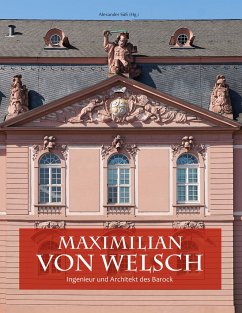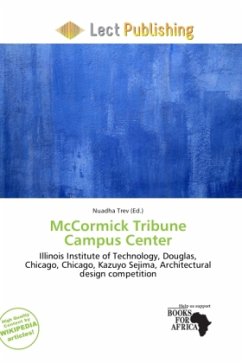
Maximilian Godefroy
Architect, French Revolution, Fort de Bellegarde
Herausgegeben: Trev, Nuadha
Versandkostenfrei!
Versandfertig in 6-10 Tagen
23,99 €
inkl. MwSt.

PAYBACK Punkte
12 °P sammeln!
Please note that the content of this book primarily consists of articles available from Wikipedia or other free sources online. Maximilian Godefroy (ca. 1765 1840) was an architect born about 1770 in France. During the French Revolution he fought on the Royalist side, was imprisoned in the fortress of Bellegarde, then released about 1805 and allowed to come to the United States. He later relocated to Baltimore, Maryland, where became an instructor in art and architecture at St. Mary's College, the Sulpician Seminary. While in Baltimore, he designed a number of structures including the St. Mary...
Please note that the content of this book primarily consists of articles available from Wikipedia or other free sources online. Maximilian Godefroy (ca. 1765 1840) was an architect born about 1770 in France. During the French Revolution he fought on the Royalist side, was imprisoned in the fortress of Bellegarde, then released about 1805 and allowed to come to the United States. He later relocated to Baltimore, Maryland, where became an instructor in art and architecture at St. Mary's College, the Sulpician Seminary. While in Baltimore, he designed a number of structures including the St. Mary's Seminary Chapel, the Battle Monument, and the Unitarian Church. Other projects included the Commercial and Farmers Bank (demolished), as well as gates and monuments in the Westminster churchyard, the sally port at Fort McHenry, as well as submitting designs for the Washington Monument. Godefroy became acquainted with Benjamin Henry Latrobe, and married Eliza Crawford Anderson, whose father, Dr. John Crawford, was one of the founders of the College of Medicine of Maryland.












